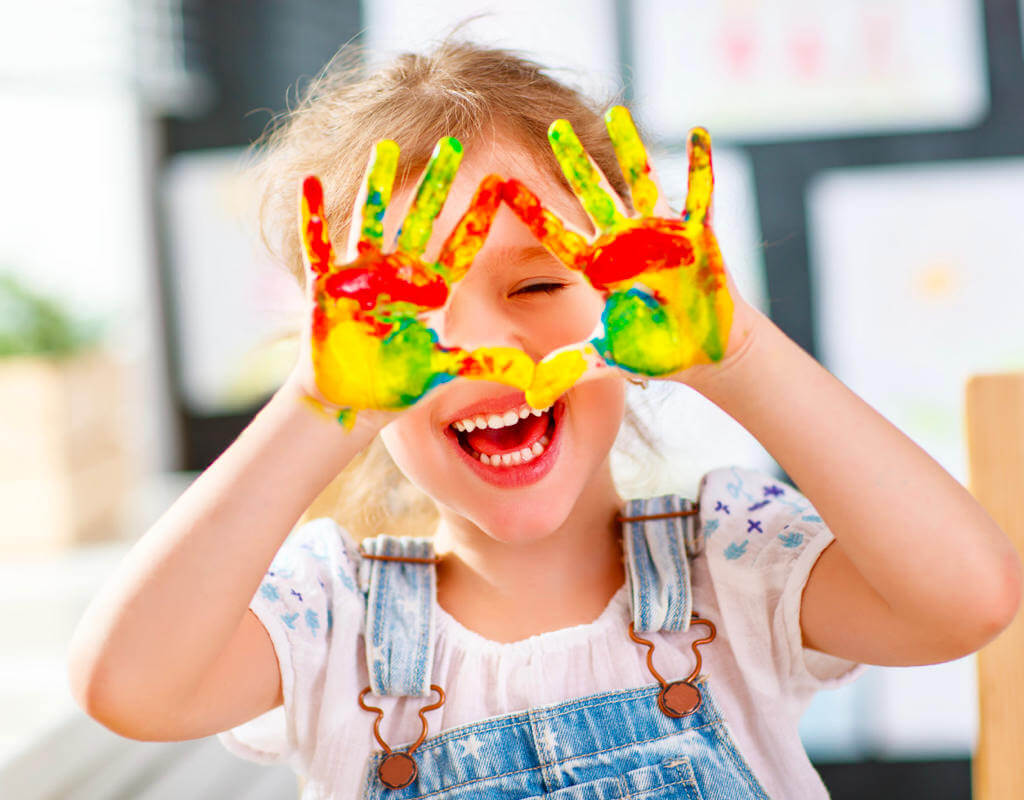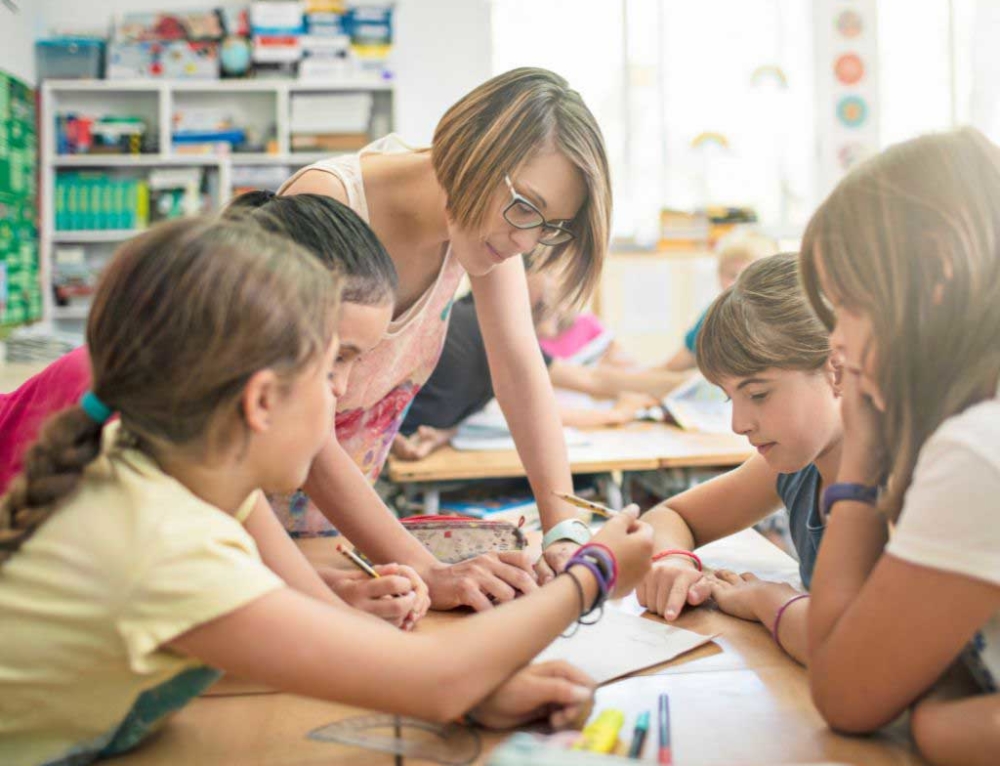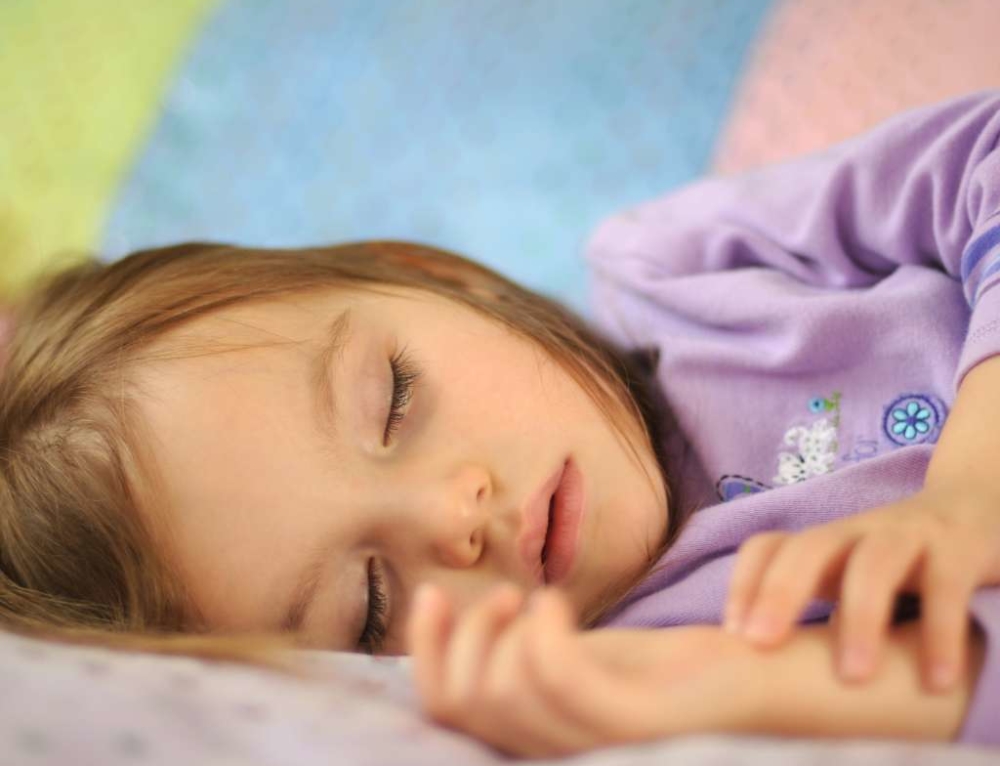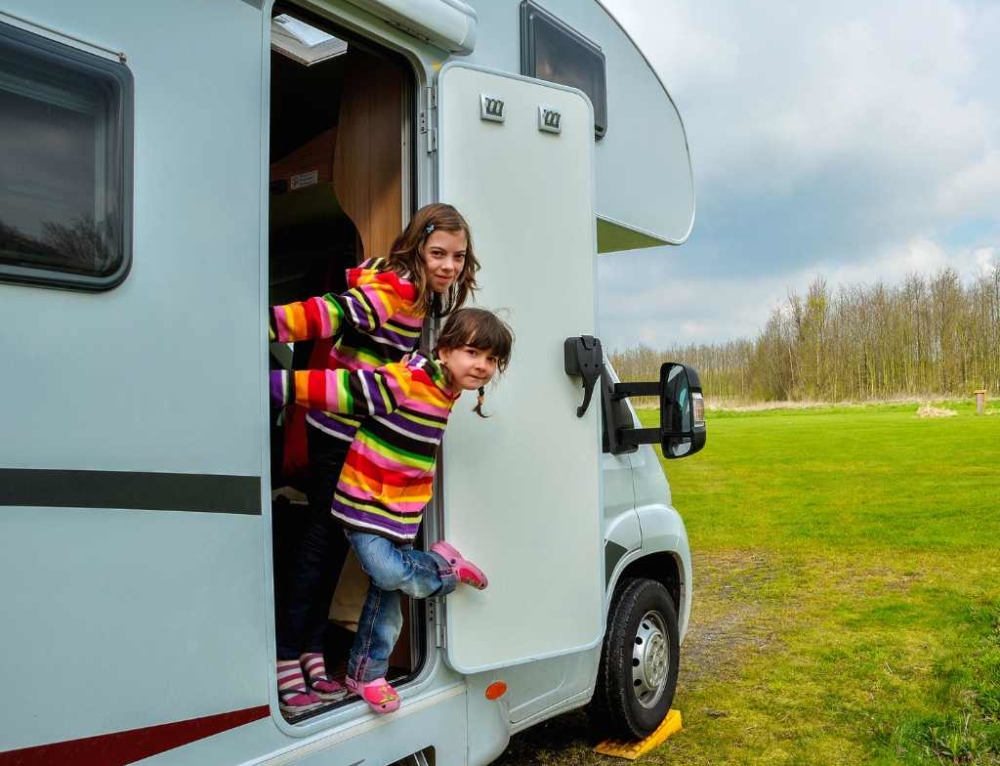Teaching your kids healthy habits and effective hand washing techniques at home is a great way to help protect them from germs when they are at school and out and about.
While you will never stop your child coming into contact with germs, you can teach them, through some simple hygiene measures, to reduce their chances of picking up germs.
1. Germs and hygiene
Germs are found all around us. Some can make us unwell. You will never stop your child coming into contact with germs, but what you can do is teach them that, through the use of some simple hygiene measures, they can reduce their risk of picking up germs.
2. How are germs passed on?
Germs can be picked up in several ways. When an unwell person talks or sneezes, they transfer germs into the air that can contaminate surfaces they land on or be breathed in directly by others. If you touch a contaminated surface such as a light switch, a door handle, or a computer keyboard and then your eyes, nose, mouth or a cut, you can transfer the germs into your body. Tummy upsets are usually caused by eating food that contains with germs.
3. Hand washing
Effective hand washing practices are one of the best ways children can help protect themselves from germs. Using antibacterial soap or wash and warm water, they should be encouraged to wash their hands before and after eating, after playing with a pet or animal, after sneezing or blowing their nose and after touching something dirty (e.g., a chewed pencil, or a used tissue).
4. Pre-school vaccinations
Before your child starts school, make sure they have received appropriate vaccinations. Contact your nurse, doctor or paediatrician for advice.
5. Encouragement
Remind them that even when they aren’t at home, they should still wash their hands regularly using soap or anti-bacterial wash, especially after they have been to the toilet and before they eat.







Leave A Comment
You must be logged in to post a comment.